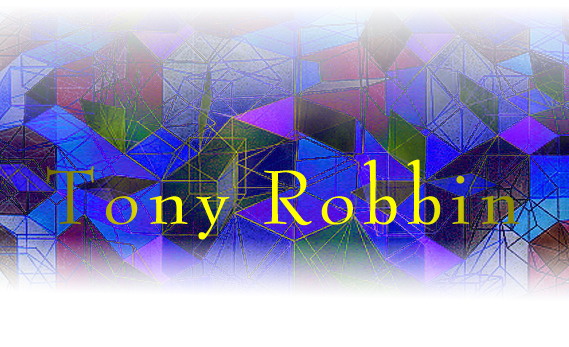
By viewing Nature, and Nature's handmaid, art,
Makes mighty things from small beginnings grow
-John Dryden
influences
"I decided to become a painter on the day I first saw the Jeu de Pomme
in Paris when I was fourteen; it was like a sudden religious conversion."
-Tony Robbin
Tony Robbin's interest in art developed originally from a special affinity
for Oriental art. He gre up in Japan, Okinawa, and Iran. "The reason
that I loved Oriental art was because it emphasized the discreteness of
vision - a habit of seeing that seemed especially natural to me, having
been brought up in such a discontinuous confluence of cultures." (p.126)
He found the fundamental elements of this art, "a juxtaposition and
a superimposition of different elements, especially different patterns,"
(p.126) to be completely unique from all mediums of Western art.
"My early works were self- conscious homages to Japanese and Iranian
art. Some can even be considered to be travelogues composed of kimonos,
moss gardens, Shinto shrine architecture, and the pictorial techniques of
wood block prints. These works use the color techniques of Oriental art:
contrasting light-valued hues juxtaposed, lines of color threaded through
background fields, optical mixing of color. They also capture the spatial
complexity in Oriental art. Often, the paintings are divided into three
parts. On one side overlapping sprayed hexagons, for example, might form
a frontal and relatively flat space. Low-relief space - cubistic space -
would fill anther area. And perspective space, defined by intersecting planes
of angle shapes, would define a third area of the painting. Every depiction
of space implicitly situates the viewer, and thus the possibility exists
to put the viewer in more than one place at the same time by having disparate
spaces exist in the same work of art."127,160

Tonikuni (1972) Left Detail

Tonikuni (1972) Right Detail

